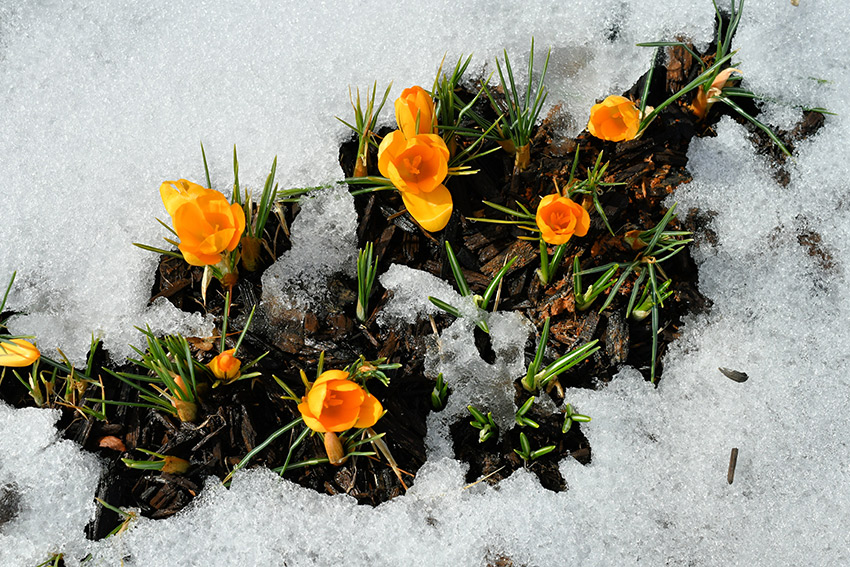As a Chicago homeowner, you’ll want to ensure that your plants and garden are as well protected as possible against the harsh winter temperatures. While it makes sense to initially choose plants that are as hardy and resilient as possible, there are a few other steps you can take to ensure that your garden turns lovely and green again when spring finally arrives.
Be Extremely Generous with the Mulch
Although many gardeners don’t give mulch a second thought, the truth is that placing a generous layer of it over the surface of the soil in your garden will help to keep the plants at a consistent temperature throughout winter. This will also keep plants dormant and prevent them from starting to grow prematurely, especially during that time when temperatures fluctuate wildly before spring officially arrives.
Cover Delicate Plants before Dusk and Overnight
Ensuring that delicate plants are properly covered before nightfall will keep as much stored heat around them for as long as possible. Items that can be used to cover plants include cardboard boxes, plastic bottles that are cut in half, plant containers or even old household linens that may no longer be good enough to use indoors.
When covering your plants, ensure that whatever is being used is large enough to cover the soil on all sides of the plant as well. Once the frost has thawed, you can remove the covers.
Don’t Wrap Trees
Although it used to be a common practice to place paper tree wrap around the trunks of small trees, this is no longer recommended because it can cause more harm than good. Wrapping tree trunks can cause excess moisture to become trapped between the bark and paper, which can cause the tree to crack during a freeze cycle. In most cases, frost cracks on tree bark will heal themselves over time.
Protect against Salt Exposure
In many cases, shrubs end up turning brown and dying on the side that faces the sidewalk, driveway or street and this is caused by the salt that is used to melt ice and snow.
One option for protecting your road-facing plants and shrubs during winter is to erect a temporary fence that will help prevent salt spray from reaching them. An effective and affordable way to do this is to plant a few poles in the ground and stretch burlap sacking between them. Keep in mind though, that the plant itself should not be wrapped in the burlap.
Although it can seem tedious and time-consuming to implement the above-mentioned measures so that your plants can be protected against harsh winter weather, your garden will definitely reap the benefits when spring arrives.
If you would like to find out more about ensuring that your plants will be able to survive the upcoming winter or you’d prefer to enlist the help of a professional residential landscaper to assist with this project, contact our team today to set up an appointment.


